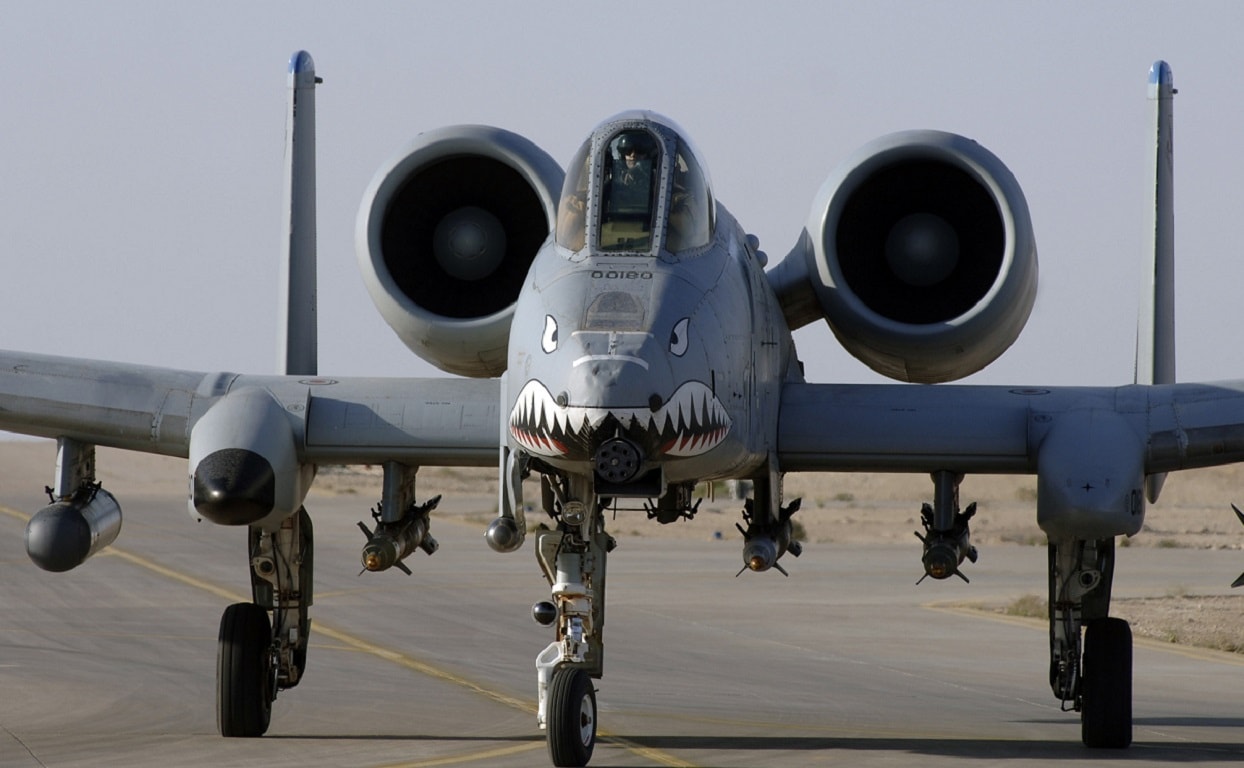One word: Congress. The A-10 is clearly no stealth fighter or new F-15EX. However, what it can do it does very well: ground attack missions. But many seem to want to kill off the A-10. What happens now? It was just recently that Boeing announced that it had started the latest round of deliveries for new A-10 Thunderbolt II wings, which had arrived at Hill Air Force Base (AFB), Ogden, Utah. However, perhaps it is pre-mature to keep updating the Cold War-era ground attack aircraft as the United States Air Force may move forward with its efforts to retire the venerable A-10.
Last month, the Senate Armed Services Committee announced that it had advanced its version of the 2023 National Defense Authorization Act (NDAA), which will support the service’s calls to divest 21 A-10s at Fort Wayne Air National Guard (ANG) Base in Indiana. The Air Force had previously announced that it would replace those A-10s with an equal number of F-16s.
The number is actually smaller than the Air Force had sought to retire in previous years, and the service has repeatedly called upon lawmakers to allow it to cut A-10s – but largely without success. It was just a year ago, in the 2022 NDAA that Congress had authorized all of the aircraft retirements Air Force officials had called for, except for the 42 A-10s. The Air Force has sought to retire the Thunderbolt IIs to free up money that could be used for modern aircraft.
Not Up to the Task?
The A-10 Thunderbolt II – which is affectionately known to its pilots as the Warthog – was developed during the Cold War as a close ground-support aircraft that could be used to counter Soviet armored columns, and was subsequently employed to great effect in the wars in Afghanistan and Iraq. In the Gulf War, A-10s had a mission capable rate of 95.7 percent and flew 8,100 sorties.
Supporters of the platform argue that the A-10 has repeatedly proven itself in combat and that the service lacks a suitable replacement aircraft that can do the job as well as the Warthog.
Yet, some Air Force officials warn that the A-10 is an aging platform, with the average plane being around 40 years old, and that it would not survive a modern conflict against a near-peer adversary. The A-10 is a relatively slow aircraft, and service officials have expressed fear that it would be vulnerable to advanced air defenses including those employed by China or Russia.
“The A-10 is a great platform for a [permissive] environment,” Air Force Chief of Staff Gen. CQ Brown told lawmakers in April, Defense News reported. “I don’t see very many [permissive] environments that we’re going to roll into in the future.”
Despite Brown’s assessment, earlier this month, the Warthog showed that it still has some bite left, as the Maryland Air National Guard deployed its fleet of 10 A-10C Thunderbolt IIs to participate in multinational combat exercises in eastern Europe, and it was one of the largest training delegations to take place in the region in the past decade.
“The A-10 Thunderbolt II provides a unique, established and enduring close air support capability to the joint force,” U.S. Air Forces in Europe spokesperson Capt. Daniel de La Fé told the AirForce Times. “Hosting the Warthog in Europe provides those training touchpoints with our allies and partners, which provides value to the NATO coalition.”
During the recent training event that brought together some 9,000 service members from 17 countries, the A-10s supported paratrooper air assaults into Scandinavia and the Baltic, Balkan, and the Black Sea regions.
Now a Senior Editor for 1945, Peter Suciu is a Michigan-based writer who has contributed to more than four dozen magazines, newspapers and websites. He regularly writes about military hardware, firearms history, cybersecurity and international affairs. Peter is also a Contributing Writer for Forbes.

